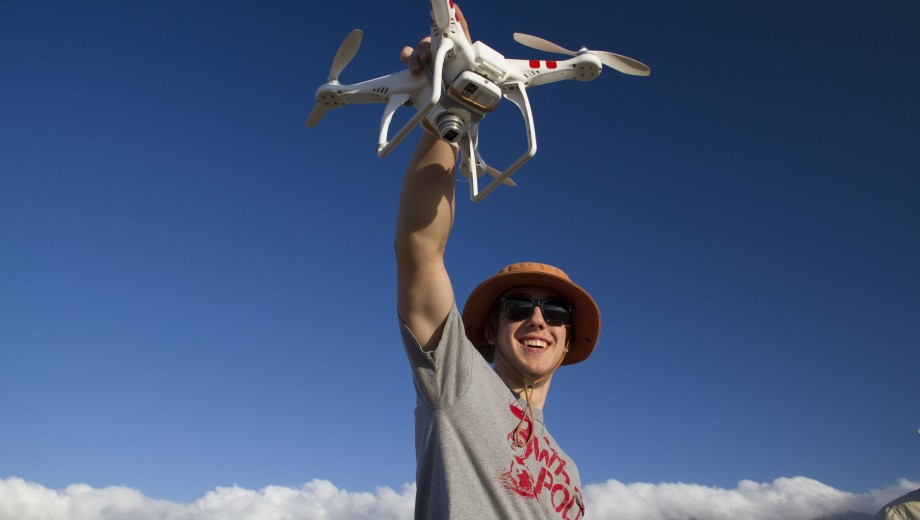Sure, the remote control helicopter was cool, and David and Sandra Schloen’s teenage son, Robbie, turned out to be best at flying it. But the major innovation for the Oriental Institute’s Neubauer Expedition to Zincirli this past summer was “going paperless,” says research database specialist Sandra Schloen.
Every morning at 5 a.m., each of the dig’s 16 supervisors checked out a seven-inch Samsung Galaxy tablet from a central office. They used the mobile devices to record data from their areas—the date, objects found, location conditions—using an electronic form designed by team member Miller Prosser, AM’01, PhD’10.
“We had a young batch of supervisors who are all comfortable with tablets and technology,” says Schloen, “so there was no resistance to giving up their clipboards and dusty pages.”
At the end of each day, Schloen downloaded the supervisors’ data, sometimes correcting errors. Then the files were uploaded to the University’s server, where they are securely housed in a UChicago hosted database called OCHRE, which stands for the Online Cultural and Historical Research Environment.
Many archaeological digs now capture data electronically using digital cameras, tablets, and other devices. “The gadgets can collect a lot of data,” says Schloen. “We end up with thousands of images over the course of a season—every project does.”
Without a good management system, files may end up on servers, laptops, and thumb drives and are scattered across the globe when international team members disperse. Data may be lost and unlabeled.
The beauty of OCHRE, says Schloen, is that it helps scholars organize and integrate disparate materials—from digital forms and spreadsheets to images, notes, and maps—in a central environment. In the field, a team can quickly back up data. Later scholars may give online access to a wider community, which is especially valuable for projects that include scholars and sites around the world.
Learn more at ochre.uchicago.edu.

